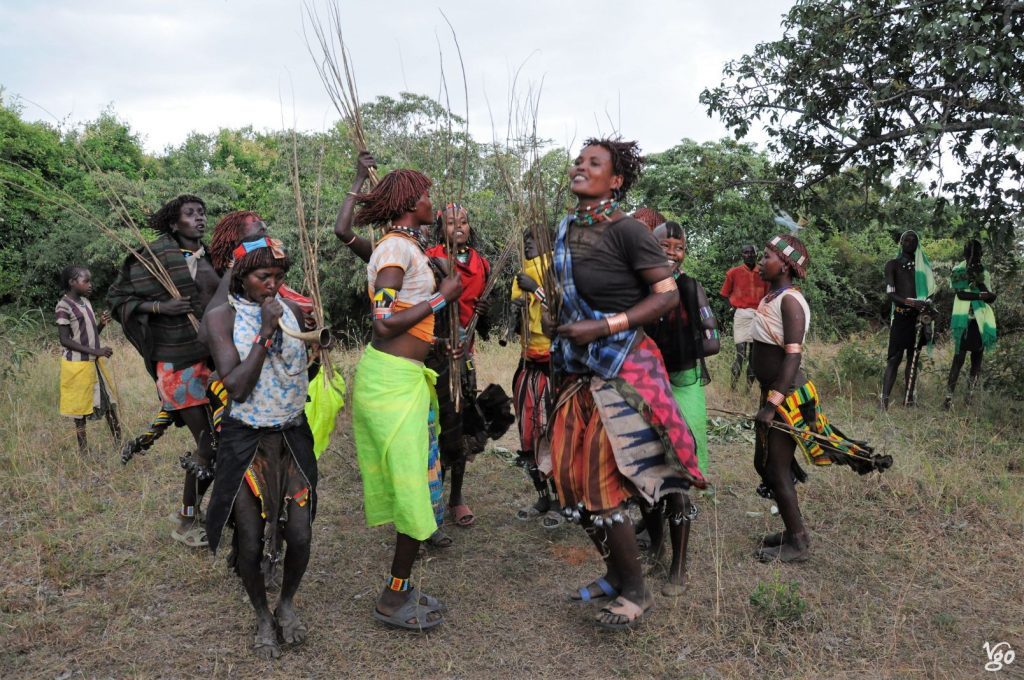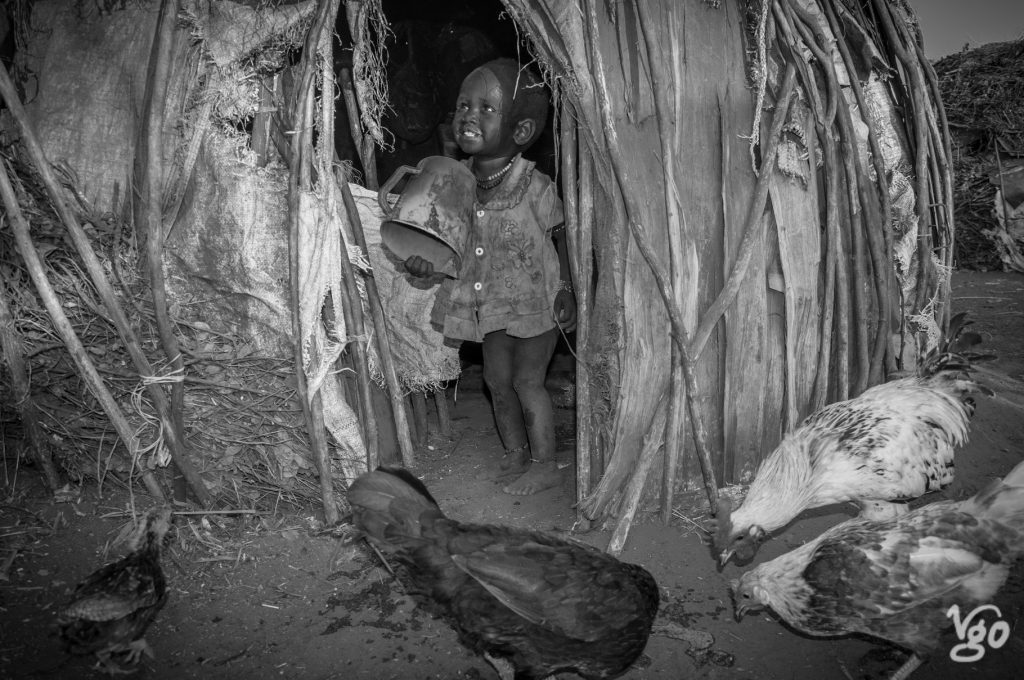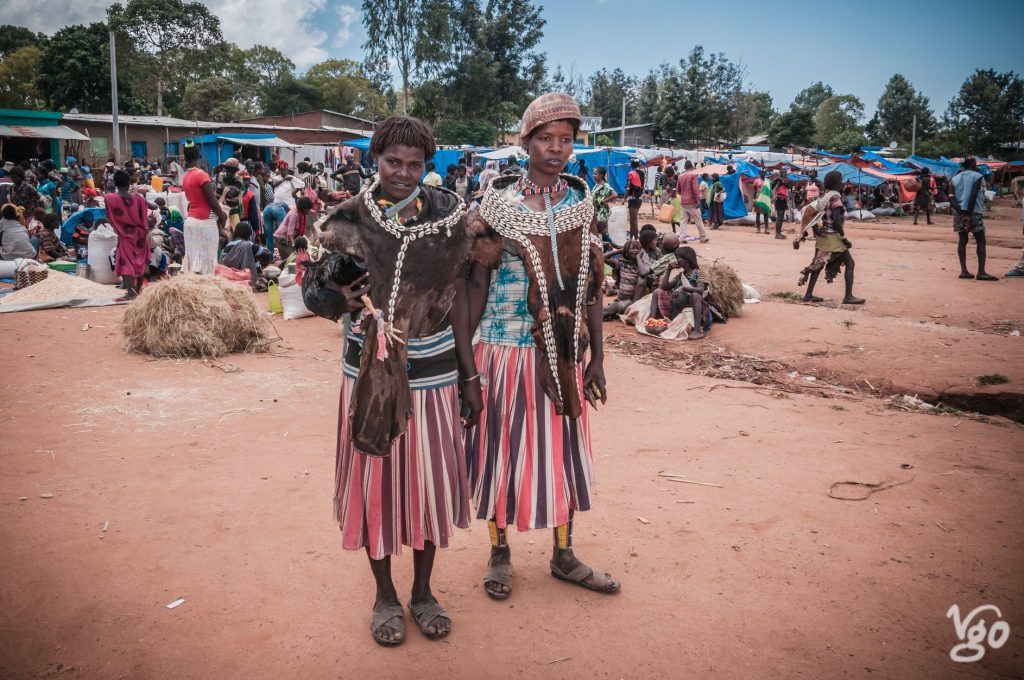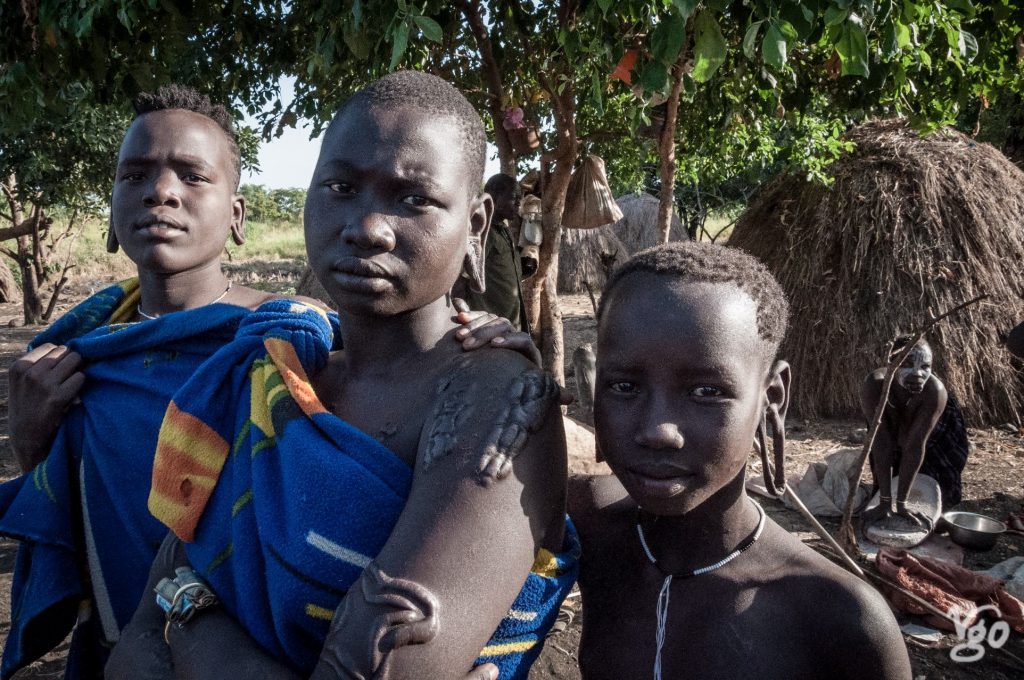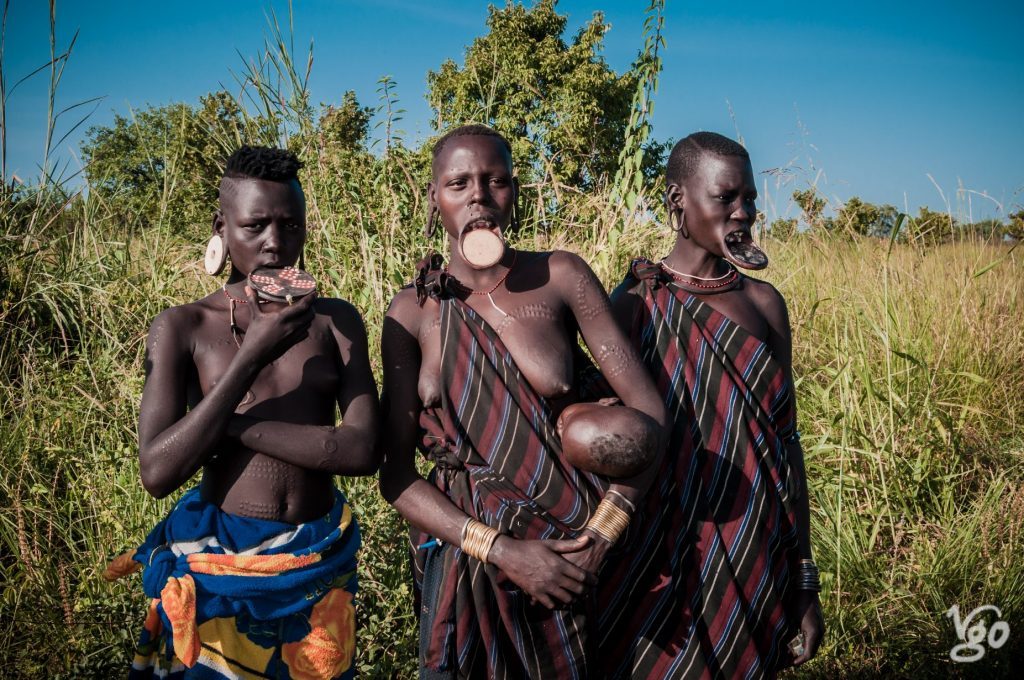The Czech contribution to this year’s Eurovision Song Contest is by a band with the not-so-Czech-sounding name Lake Malawi. I saw lots of things in their video, as far as I followed it, except anything from Malawi, lake or otherwise. I guess it’s just a name … Wikip.: “the band’s name, is inspired by the song “Calgary” by [a band named – D.S.] Bon Iver, from their 2011 … album”.
And then? I go and check. A German website has more: singer Černý was inspired by the line “So it’s storming on the lake” from “Calgary”, and Lake Malawi was chosen because “it sounds like a far-off romantic place” (my trans.). That’s got to be the reasoning of a Eurovisionary!
Category Archives: Society
Exotic me
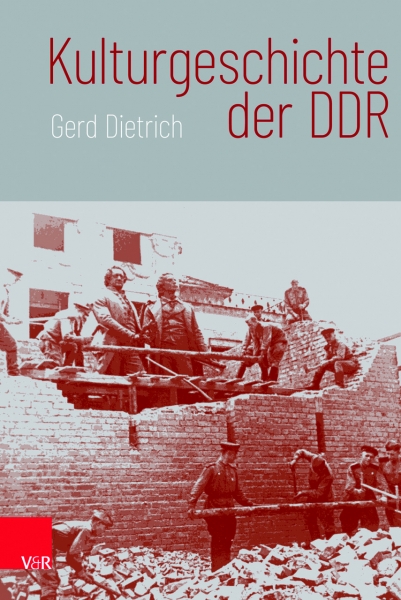
30 years since the Fall of the Berlin Wall: Three weeks ago I was looking for a present for dad, and as a late thought I considered Gert Dietrich’s Cultural History of East Germany (Kulturgeschichte der DDR) a good idea, albeit an expensive one, perhaps a joint present for us all. So I went to Göttingen’s best academic bookshop, which happens to be located down the road from the publishing house where the book was made. I couldn’t find it on their shelves and asked for it. Their response: it’s “too exotic” for them to have it on stock. East German matters are “too exotic” some 60km from the old border, I get it. You wonder why I feel at home in Africa, kkkkkkkk! Have a happy anniversary next year, you re-united Germany!
Care packs for Beira … #MidnightTrainToBeira
I was with Chimz in Malawi when Cyclone Idai hit the East African coast near Beira in Mozambique. Malawi and Mozambique had had losses of life before due to flooding and falling trees, but the full blow of Idai was something else. Some suggest it will turn out to be the worst natural desaster to have hit the southern hemisphere in known history. Idai left hundreds dead in southern Malawi, eastern Zimbabwe and, foremost of all, in central Mozambique. Beira, a big city, is largely destroyed, and an inland ocean has been formed, in which to this day survivors are struggling with the water, with moskitos, snakes and wild animals and the lack of the bare necessities of life.
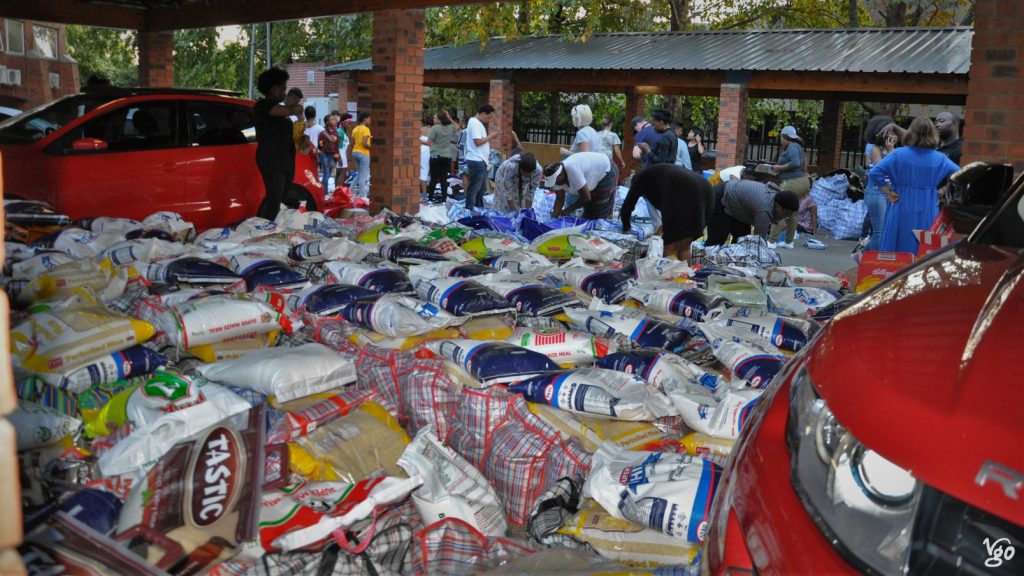
Jo’burg Human Rights Day Music Festival – #StandUp4HumanRights
Back in Jo’burg, a town that is so rich in music, and a town that seems to have decided to accomodate me as best as she can, especially with music events. This time it was only a few hours after my touch down that Constitution Hill opened its gates for the music festival that accompanies the Human Rights Day activities here. I admire the fact that 21 March is celebrated here, a day that hardly anyone I know in Europe is even aware of, or would care about.
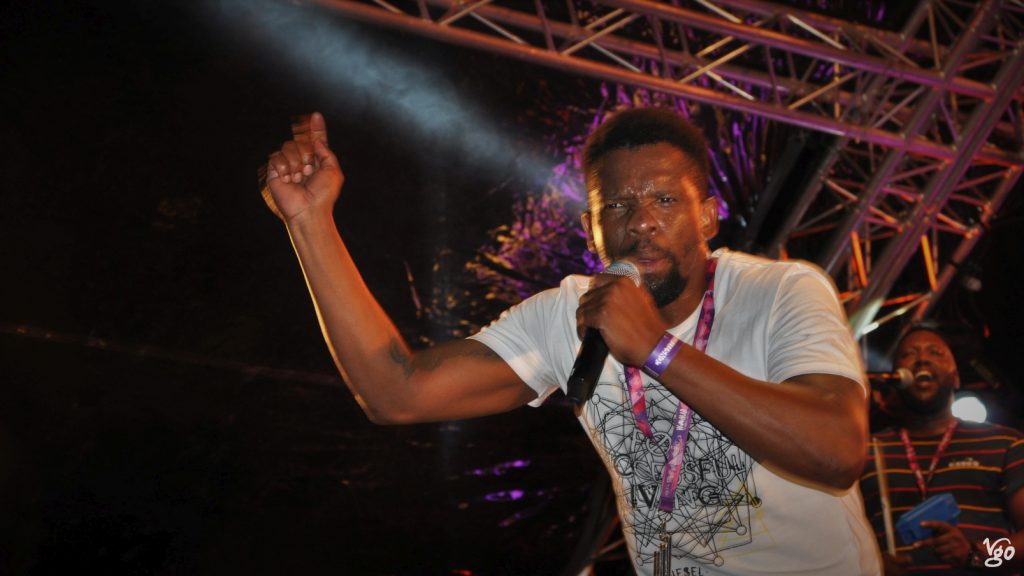
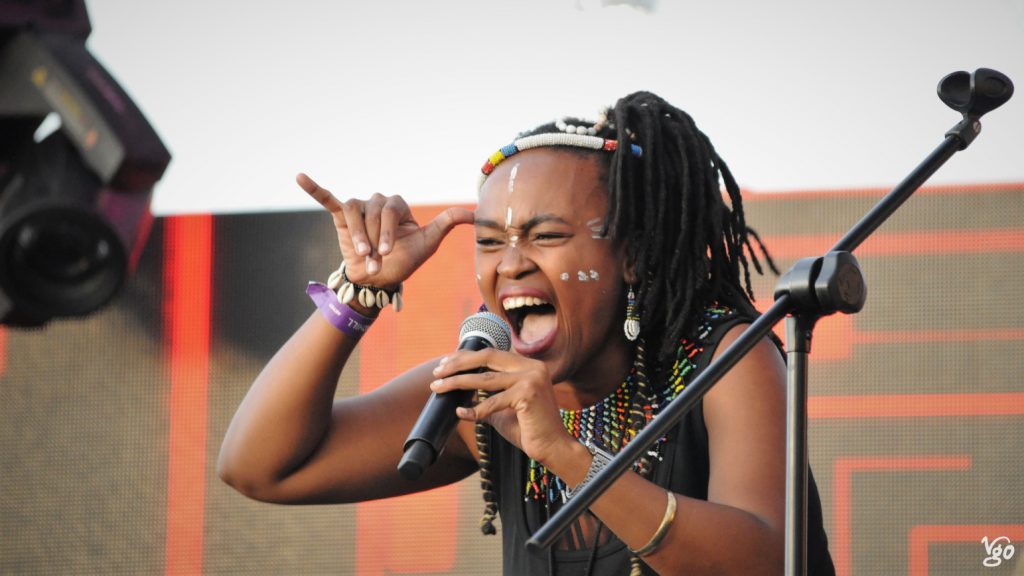
Africa in books
… and books by African authors
Here are a few recommendations on books on African matters.
– texts to follow –
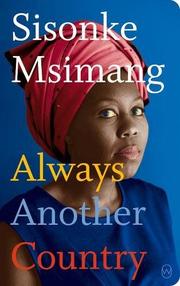
Ritual whipping of women
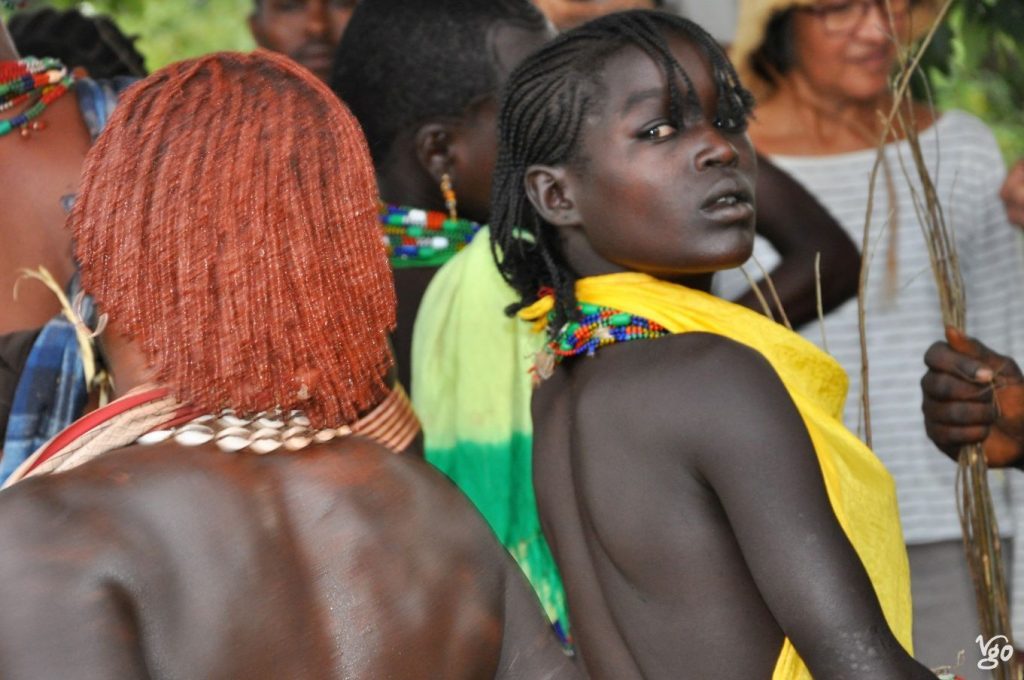 What happens? A few young boys take up some rods, smoothen them (I guess so they don’t break), and then whip across the arms or the back of women, preferably in such a way that the skin breaks, leaving a bloody streak that will turn into a scar. It’s referred to as “culture” (here Banna, and likewise Hamer), and leaves the woman proud. Maybe for her capacity of endurance (as if they didn’t show it every day), her sacrifice for “culture”, and so on. After careful consideration I still see in it a way of making women obedient, and training young boys in the “art” of domestic violence, or so. Explain it in whichever way you like, since the ritual has no male equivalent (just as female genital mutilation has no real male equivalent) I find it not acceptable.
What happens? A few young boys take up some rods, smoothen them (I guess so they don’t break), and then whip across the arms or the back of women, preferably in such a way that the skin breaks, leaving a bloody streak that will turn into a scar. It’s referred to as “culture” (here Banna, and likewise Hamer), and leaves the woman proud. Maybe for her capacity of endurance (as if they didn’t show it every day), her sacrifice for “culture”, and so on. After careful consideration I still see in it a way of making women obedient, and training young boys in the “art” of domestic violence, or so. Explain it in whichever way you like, since the ritual has no male equivalent (just as female genital mutilation has no real male equivalent) I find it not acceptable.
Omorate and the Daasanach
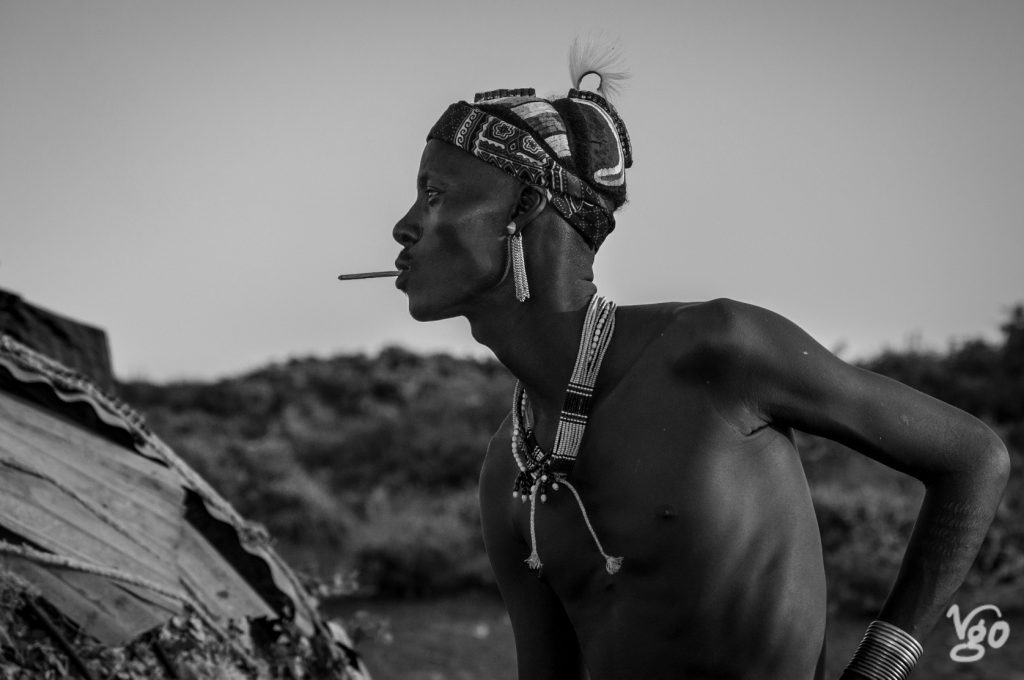
The Daasanach live on both sides of the Ethiopian-Kenyan border. If they want to cross into Kenya, the removed lower front teeth are their passport. I crossed the Omo at Omorate with my guide Gabriel and his friend to reach the nearest village just before sunset, and it was a very enjoyable visit. No other tourists, the kids enjoyed my mbira again, and since I handed my camera to Gabriel’s friend I could freely move about and people cared less about me. Less posing as well. Things must have been similar to the Mursi situation until a while ago, but now the arrangement is such that visitors pay a flatrate of 200 Birr (ca $7.50) to take pics. The German lawyer who gave me a lift the next day had been to the very same village in the morning, in a crowd of tourists. He said that as much as he loves photography, he found the village arranged in such a way that half-naked women were sat outside their huts staring into the distance apathetically, and he refrained from taking any pictures at all. My experience was totally different. I was able to interact with the people to a degree, and I am very grateful to Gabriel’s friend for the pics he took – he’s a natural photographer, I must say. And I find the Dassenach are amongst the most beautiful people I’ve ever seen.
Turmi and the Hamer
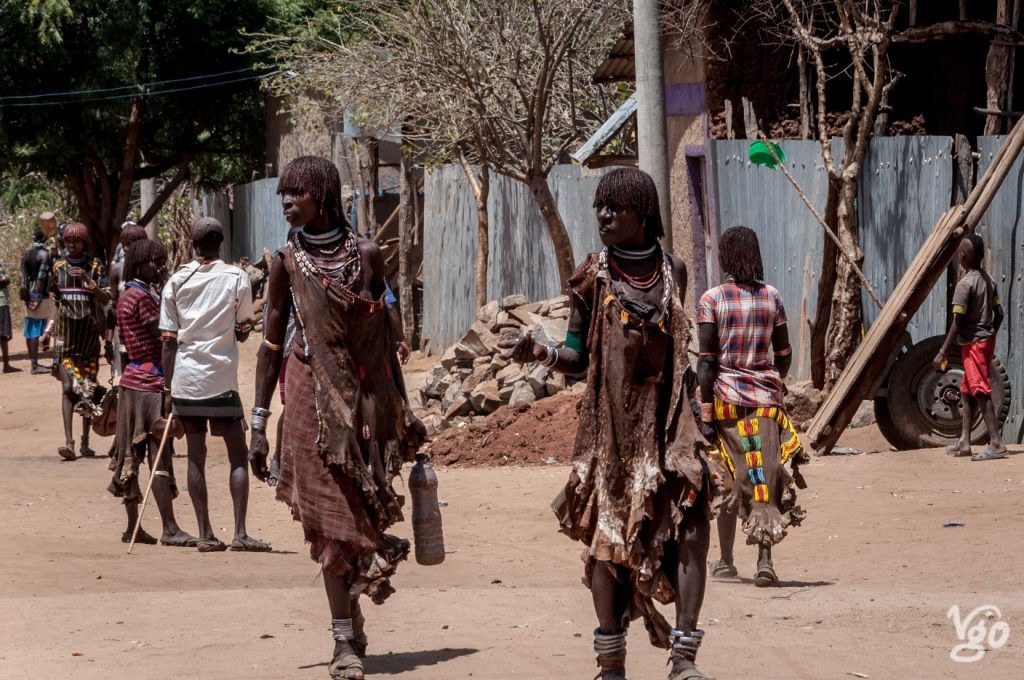
Turmi is primarily a crossroad. A big, dusty roundabout connects Ethiopia’s south-western corner with the rest of the country. While the roads coming in from the north, east and west are dust tracks, the one leading further south to Omorate becomes a perfect tarmac road some five kilometres out of town.
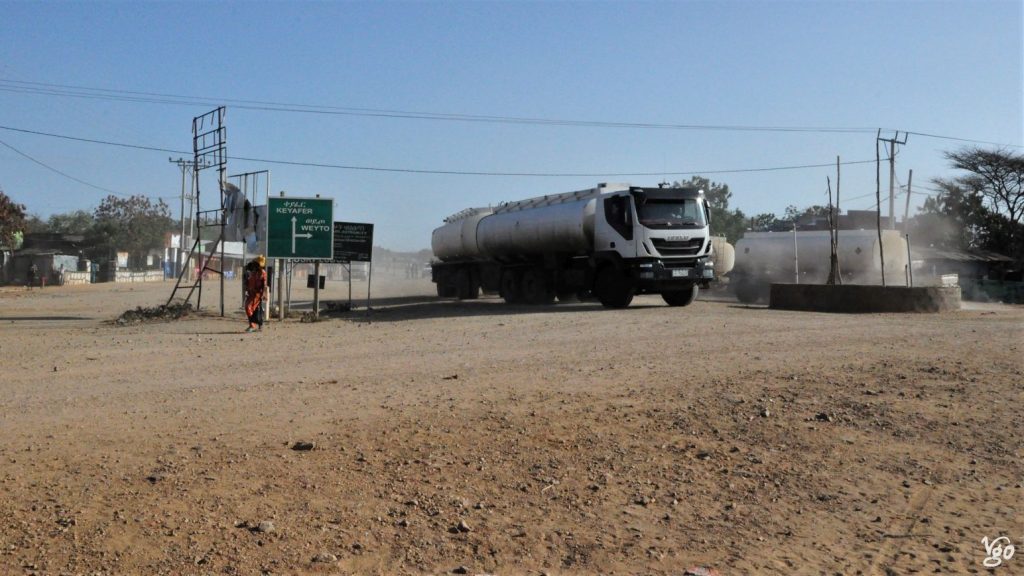
Keyafer, the Banna and the Hamer and bull jumping
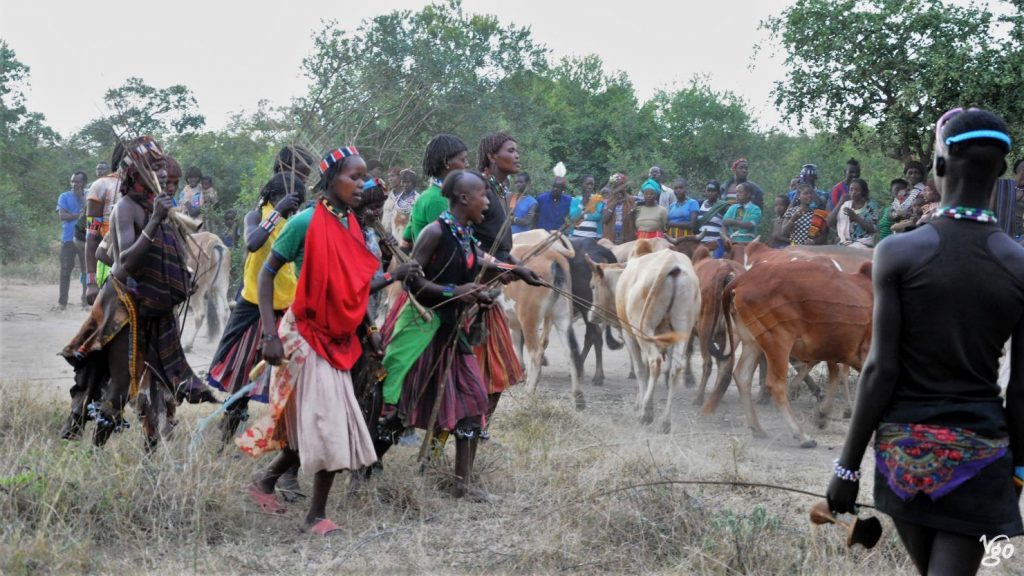
Thursday is market day in Keyafer – travelling here is usually organized around market days, one: because you get to see and meet what, i.e. who has put the region on the map, and two: actual traffic between places is often limited to market days in one of them. In other words: there may be a bus (as in: one bus) from A to B on a market day in either A or B.
Jinka and the Mursi
Circa 7,500 strong, the Mursi are amongst the most iconic African tribes, and famous especially for the ceramic plates (some) women wear in their lower lips. To this day they live in fairly remote areas some two hours across dust track from Jinka, the southernmost town that has an ATM in Ethiopia’s Southern Nations, Nationalities, and People’s Region.

